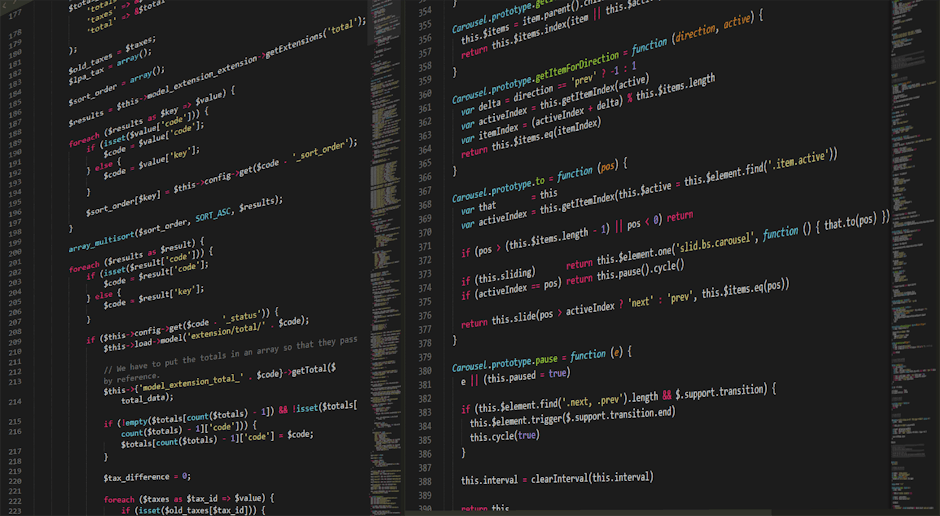
So, you have an idea for the next great social media platform. That’s awesome. A lot of people have that idea, floating around in their heads.
It’s the one that’s going to connect people in a totally new way. But turning that idea into a real, working app that people actually use? That’s another story. It’s a huge project, bigger than most think.
This isn’t just about code. It’s about people, communities, and what makes them tick. For 2025, the game has changed a bit. It’s less about being the next Facebook and more about creating a special place for a specific group.
We’re going to walk through how to build a social media platform, without the super polished corporate talk. This is the real deal, the messy parts and all.
Nailing Down Your Idea Before You Write a Single Line of Code
Before you even think about hiring a developer or learning to code, you need a solid plan. A vague idea isn’t enough to build on. It’s just not.
Most new social apps that fail, they fail right here. They try to be for everyone. When you’re for everyone you’re for no one. That’s just how it is.
The trick in 2025 is to go niche. Think smaller. Think about a specific community that isn’t being served well.
Find Your People
Who is your platform for? Get super specific. Not just “for gamers,” but “for people who collect and paint tabletop miniatures.” Not just “for cooks,” but “for people who are trying to perfect sourdough bread.”
This focus does two things. It makes it easier to build features people want and it makes your first users easier to find. They’re already gathered in places like Reddit or Discord.
The MVP: Your Not-So-Perfect First Version
You can’t build the final version of your app on day one. It’s a common mistake, a big one. You need to make a Minimum Viable Product, or MVP.
Basically, it’s the most stripped-down version of your app that still works. It has only the main feature. For a photo-sharing app, that would be uploading a photo and seeing a feed. Nothing else.
This version is for learning. You give it to your small, niche group and see what they do. You get feedback. This is how you avoid spending a year building something nobody wants.
The Tech Stuff: What’s Actually Under the Hood?
Okay so you have your idea. Now you need to build it. The technology part of building a social media platform can seem scary, but it breaks down into a few main areas.
You’ve got what the user sees, and you’ve got the brains behind the curtain. Both have to work together. And they have to be able to grow if you get popular.
Typically you need a team for this. Or a lot of time and coffee if you’re doing it alone. It is considered to be a massive undertaking for one person.
Here are the basic features most social media platforms need to have:
User Profiles: A place for a name, picture, bio, and other personal stuff.
A News Feed: The main screen, where users see posts from people they follow. The algorithm for this can get complicated later on.
Content Uploads: A way for people to post text, photos, videos, or whatever your platform is about.
Direct Messaging: People expect to be able to talk to each other privately.
Notifications: Little alerts that tell people someone liked their post or sent them a message. This keeps them coming back.
The Front-End (The Pretty Part)
This is everything the user interacts with. The buttons, the layout, the colors. It is the UI/UX design that makes your app feel good to use. Or bad.
Normally developers use frameworks like React or Vue.js for websites. For mobile apps, they might use Swift for iPhones or Kotlin for Android. The design part, it’s what makes people stick around or leave fast.
The Back-End (The Engine Room)
This is where all the logic lives. The back-end is a server, a database, and the application itself. It’s where all the data is stored and managed.
When someone clicks “like,” the front-end tells the back-end. The back-end saves that “like” in the database and then knows to send a notification. This is where all the magic happens. Popular choices here are things like Node.js, Python, or Ruby, with databases like PostgreSQL or MongoDB.
Getting People to Actually Sign Up and Stick Around
You could build the best platform in the world. But if nobody uses it, it’s just a cool project on your computer. Getting users is a huge challenge.
This is the community building part of how to build a social media platform. It’s a slow grind at first. You won’t get a million users overnight.
You have to solve the “empty room” problem. Nobody wants to be the first person at a party. So you have to invite the first 100 people personally.
Go back to your niche. Find those sourdough bakers. Email them, message them on other platforms, get them to be your first users. Make them feel special.
Moderation is a whole other beast. You need a plan for the bad stuff. Harassment, spam, illegal content. If you don’t control it early, your platform will become a toxic place that no one wants to be a part of. This is more important now than ever.
Making Money From Your Social Media Platform
Sooner or later, you’ll need to think about money. Servers cost money, developers cost money. You need a way to pay the bills.
The way you make money can really affect how users feel about your platform. You have to be careful not to annoy everyone. People don’t like to feel like they are the product.
Different Ways to Get Paid
There are a few standard models people generally use.
Advertising: The most common one. You sell space on your app to advertisers. The problem is that you need a lot of users for this to make real money and many users hate ads.
Subscription Model: You charge a monthly or yearly fee for access. Or, you have a free version with a premium version that has extra features (a “freemium” model). This works well for niche platforms where users see a lot of benefit.
In-App Purchases: Think of buying coins on TikTok or Reddit Gold. Users can buy virtual goods to use on the platform. This is popular in gaming and live-streaming apps.
Selling Data Anonymously: This is a tricky one. You can sell user data trends to market research firms. You have to be super transparent about this with your users, or you’ll lose all their trust. It’s a risky game.
It is a good idea to think about this from the start. Your monetization strategy can shape the kind of features you build down the line.
FAQs: How to Build a Social Media Platform
How much does it cost to build a social media platform?
It varies wildly. A simple MVP could cost anywhere from $25,000 to $75,000 with a small agency. A full-featured, custom platform can easily go into the hundreds of thousands or even millions.
How long does the development process take?
Again, it depends on the complexity. An MVP might take 3-6 months to develop. A more complete version with mobile apps could take a year or longer. It’s not a quick process.
Do I need to be a programmer to build one?
No, but it helps. If you’re not technical, you’ll need to find a technical co-founder or hire a development agency. You will need to be good at managing the project and communicating your vision.
What’s the biggest mistake people make?
Trying to build too many features at once. They want their MVP to have DMs, stories, live video, and a marketplace. That’s a recipe for failure. Start small, focus on one thing, and get it right.
How do you handle user data and privacy?
Very carefully. With regulations like GDPR and CCPA, you must have a clear privacy policy. You need to secure your user’s data with strong encryption and be transparent about what you collect and how you use it. Messing this up can kill your company.
Key Takeaways
Building a social media platform is a massive job. It’s a marathon, not a sprint, and it’s full of challenges that aren’t just about technology.
Go Niche: Don’t try to build the next Instagram. Find a small, passionate community and build something just for them.
Start with an MVP: Build the simplest possible version of your core idea first. Get it into users’ hands and learn from their feedback.
Community is Everything: You need to actively build your community from day one. Find your first 100 users and treat them like gold.
Plan for Moderation: A safe platform is a healthy platform. You need rules and a way to enforce them before things get out of hand.
Think About Money Early: How you plan to make money affects your app’s design and your relationship with your users. Choose a model that fits your community.






